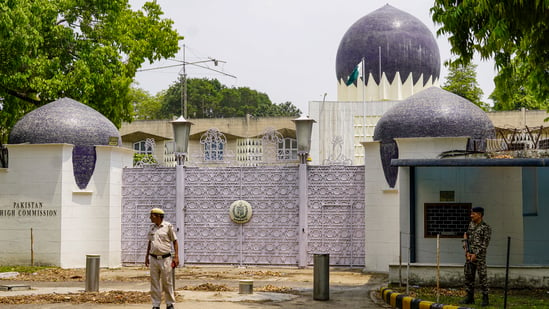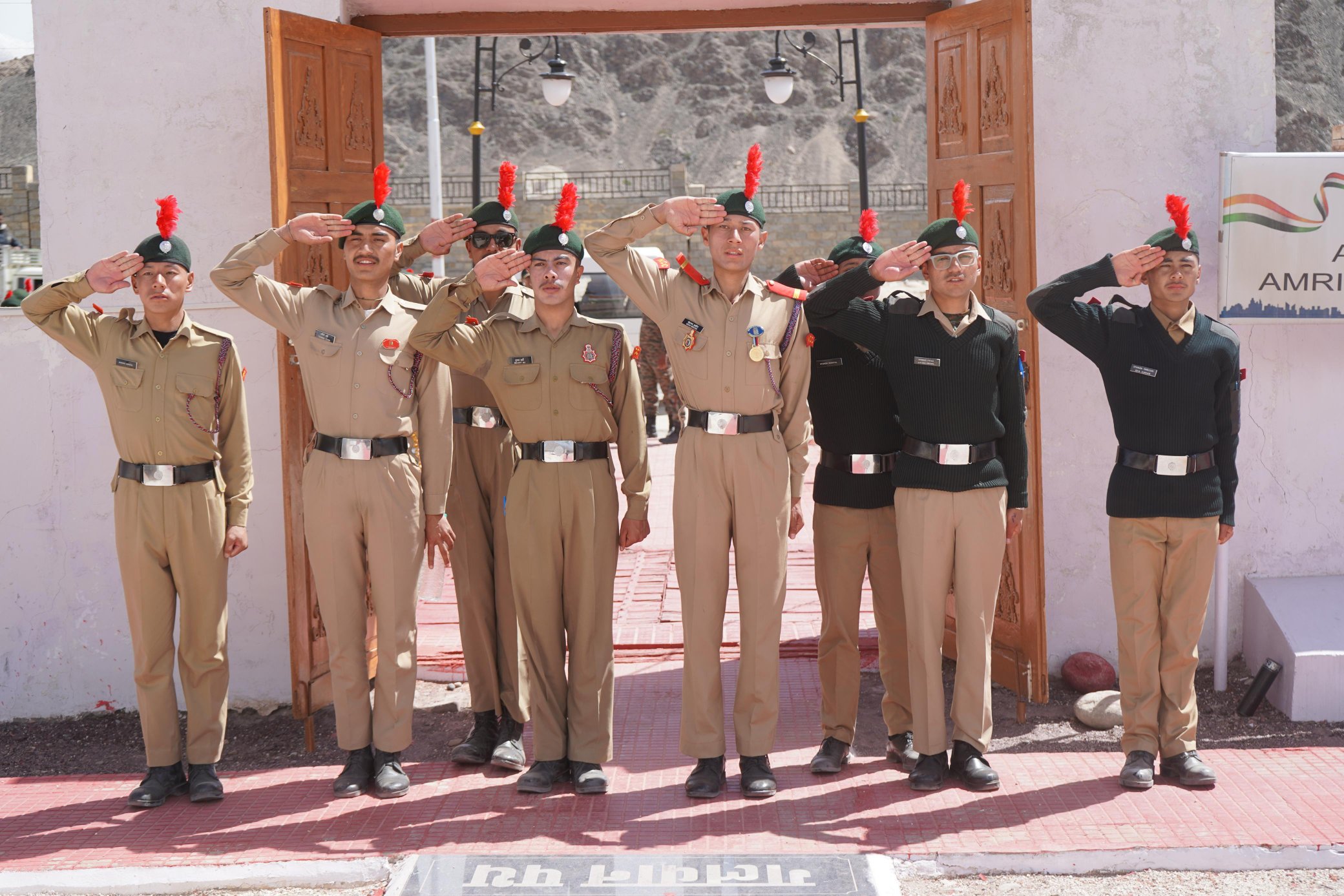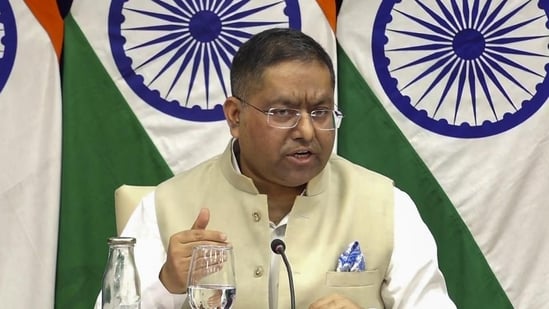India Declares Pakistani Official Persona Non Grata, Asked to Leave Within 24 Hours
The Government of India has declared a Pakistani official at the Pakistan High Commission in New Delhi as persona non…
Lt Gen Anindya Sengupta Inspects Operational Readiness of Golden Key Gunners and Sabse Aagey Brigade in Dehradun
Lieutenant General Anindya Sengupta, General Officer Commanding-in-Chief (GOC-in-C) of the Indian Army’s Central Command, conducted a comprehensive inspection of the…
Lt Gen Abhijit S Pendharkar Reviews Preparedness at Likabali
Lieutenant General Abhijit S Pendharkar, General Officer Commanding (GOC) of the Indian Army’s Spear Corps, conducted a strategic review of…
Himachal’s Agniveer Naveen Kumar Dies in Kargil Landslide While on Duty
A 25-year-old Agniveer from Himachal Pradesh, Naveen Kumar, lost his life in a tragic landslide while on duty in the…
NCC Cadets Visit Trishul War Memorial in Ladakh to Honor Fallen Soldiers
A contingent of 325 cadets from the 1st Ladakh National Cadet Corps (NCC) Battalion paid a solemn visit to the…
India Rejects Pakistan’s Accusations Over Khuzdar Attack
India has strongly denied Pakistan’s accusations linking it to a deadly suicide attack on a school bus in Balochistan’s Khuzdar…






